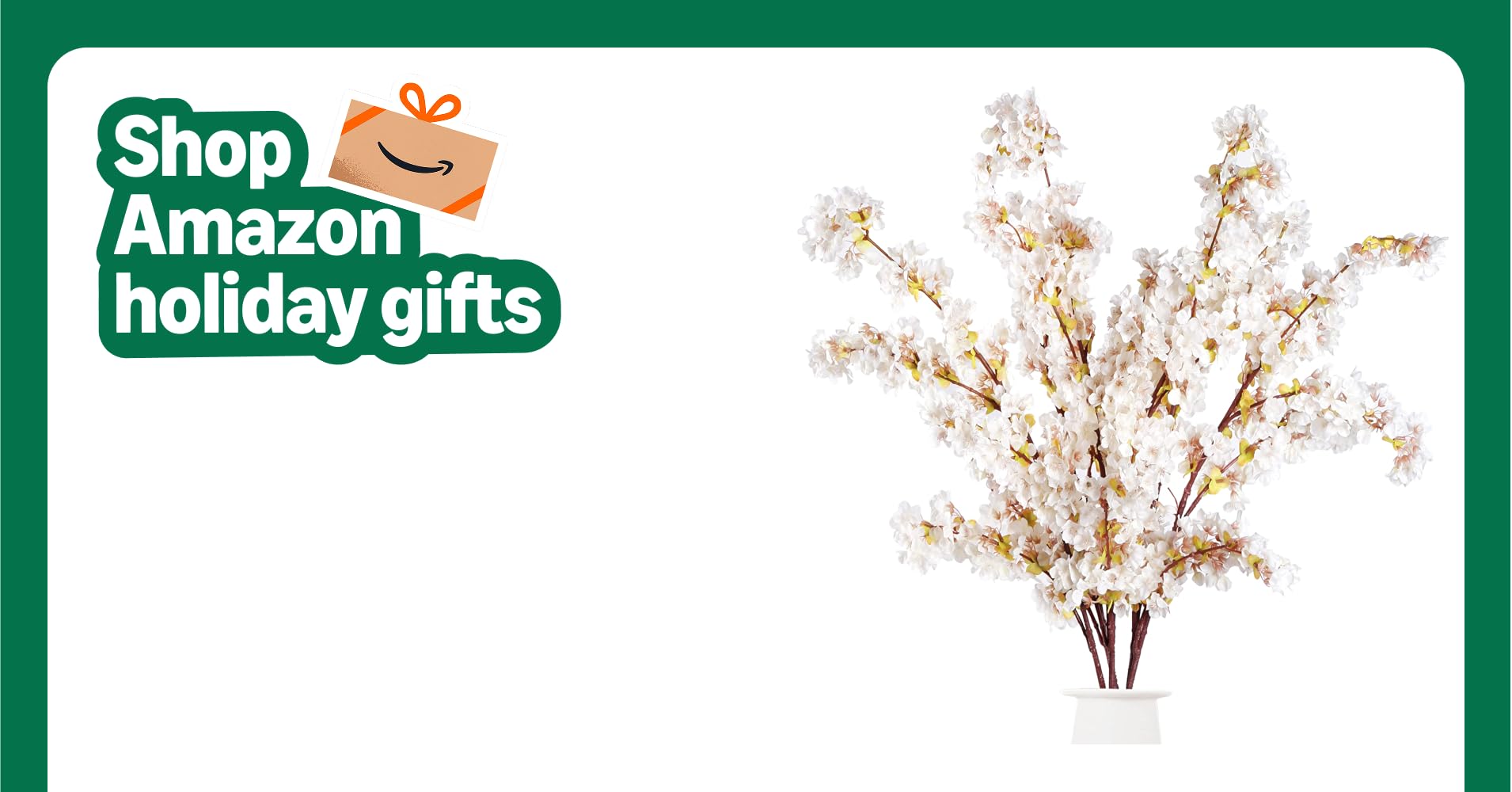When spring arrives in Japan, one symbol blossoms across the entire country: the cherry blossom, or sakura. And among the many varieties that paint the landscape in shades of pink and white, none is more iconic than the Somei Yoshino. With its delicate beauty and nationwide presence, it has become the undisputed star of Japan’s hanami season.
But how did this particular variety come to dominate Japan’s springtime scenery? Let’s uncover the origins, characteristics, and cultural significance of the Somei Yoshino cherry tree.
A Name Rooted in Place and Poetry
The name Somei Yoshino reflects both geography and a poetic nod to nature:
- “Somei” comes from Somei Village, a neighborhood in present-day Komagome, Tokyo, which was famous for its skilled gardeners during the late Edo period.
- “Yoshino” alludes to the Yoshino Mountains in Nara, historically celebrated as a cherry blossom-viewing destination in classical Japanese poetry.
The fusion of these names pays tribute to both the tree’s place of cultivation and Japan’s long-standing reverence for sakura.
Origins and Early History
Though Somei Yoshino may look ancient, it’s a relatively recent creation in botanical terms. The tree is believed to be a natural hybrid between two native varieties:
- Edo Higan-zakura (Prunus pendula f. ascendens)
- Oshima-zakura (Prunus speciosa)
The first known Somei Yoshino tree was identified around 1900 in a nursery in Somei Village. Thanks to its uniform beauty and rapid growth, the tree was widely propagated via grafting—a horticultural technique that allows for identical clones to be planted across the country.
In 1912, the Somei Yoshino was recognized during the inaugural meeting of the Japan Cherry Blossom Association and unofficially adopted as the country’s national cherry blossom.
What Sets Somei Yoshino Apart?
Somei Yoshino trees are admired for more than just their looks. Here are the traits that make them so popular:
- Petals: Large, five-petaled flowers in a soft pale pink—almost white at first glance
- Blooming Style: All flowers bloom at once, creating a dramatic and fleeting effect
- Lifespan: Blossoms last only about one week, heightening the sense of seasonal ephemerality
- Growth Habit: Trees bloom young and grow quickly, making them ideal for urban planting
- Transplantation: Highly adaptable and resilient to relocation
These features make Somei Yoshino ideal for parks, streetscapes, and riverbanks, contributing to their near-universal presence.
Somei Yoshino’s Nationwide Dominance
Japan is home to more than 100 cherry blossom varieties, yet Somei Yoshino accounts for a staggering 80% of all cherry trees across the country. According to a survey by the Ministry of Land, Infrastructure, Transport and Tourism, there are approximately 10 million sakura trees in Japan, and the majority are Somei Yoshino.
Its widespread planting in the postwar years, especially during urban redevelopment and park construction, helped solidify its place in Japan’s cultural and visual landscape.
A Symbol of Transience and Unity
Part of the appeal of Somei Yoshino lies in its ephemeral beauty. The blossoms bloom in perfect unison and fall within days—a fleeting spectacle that perfectly embodies the Japanese concept of mono no aware, or the bittersweet awareness of impermanence.
At the same time, its near-universal presence has created a shared national rhythm: when the Somei Yoshino blooms, the entire country celebrates.
Conclusion: More Than Just a Tree
The Somei Yoshino isn’t just a cherry tree—it’s a living symbol of Japanese spring, impermanence, and cultural identity. From its humble beginnings in a Tokyo nursery to its dominance across the country, this cultivar has shaped the way Japan experiences the changing seasons.
So the next time you admire a flurry of pale pink petals falling like snow, remember: you’re witnessing a century-old legacy that continues to bloom in the hearts of millions.



